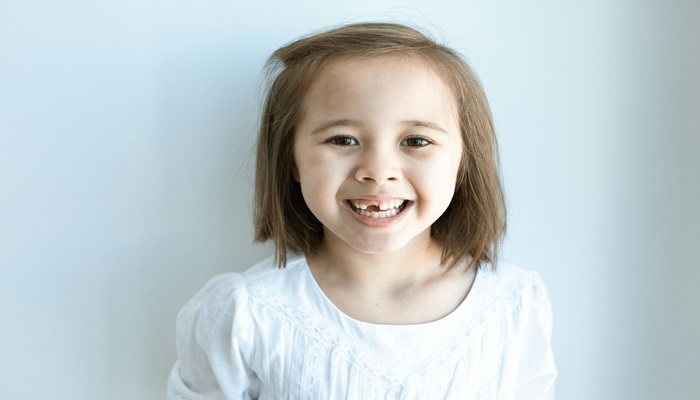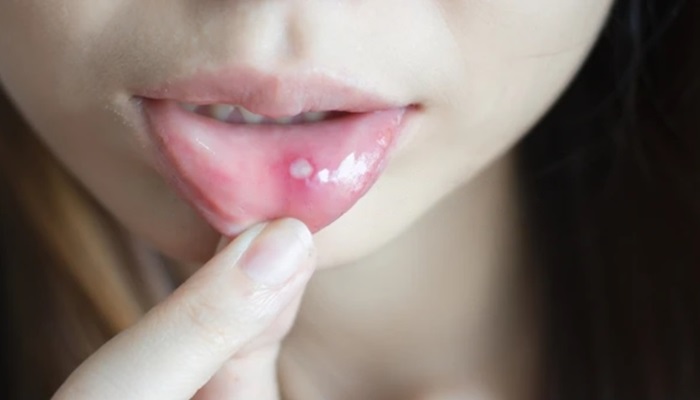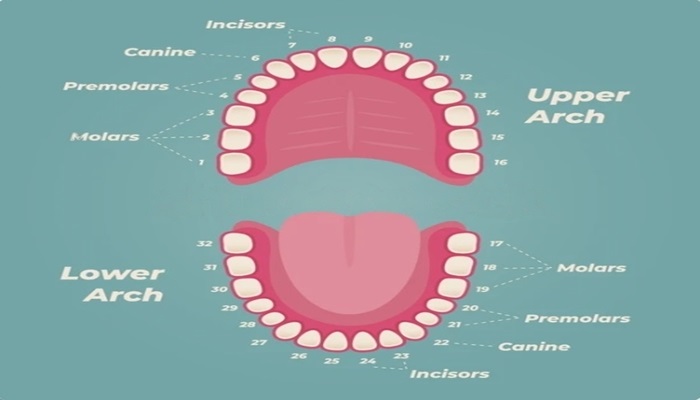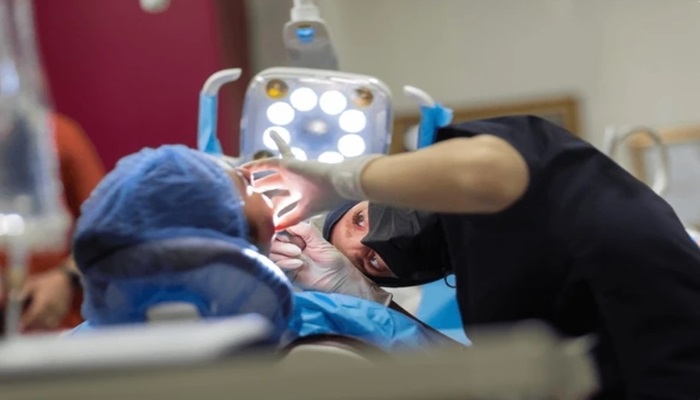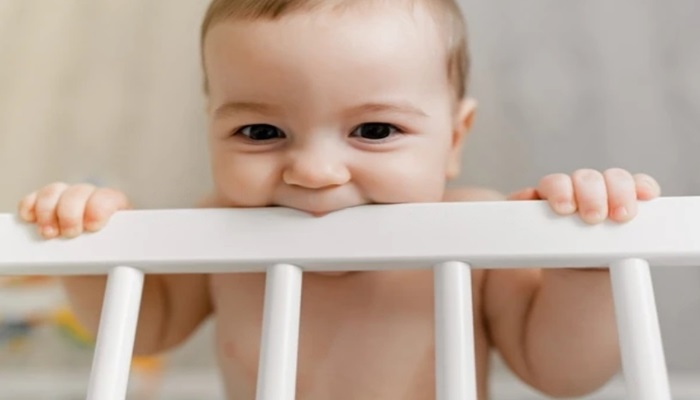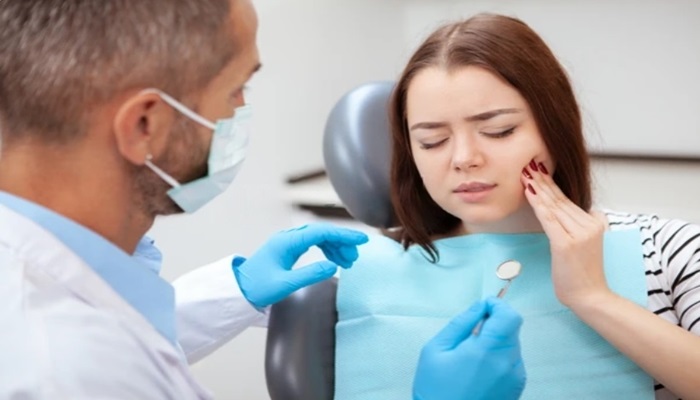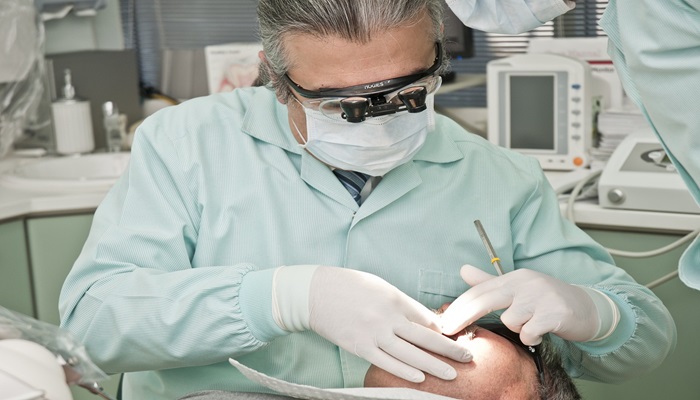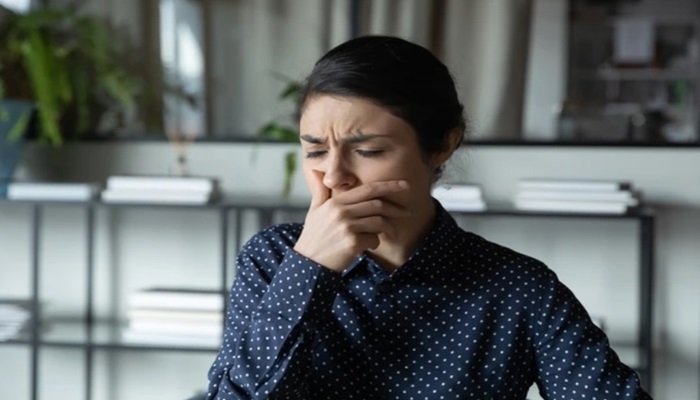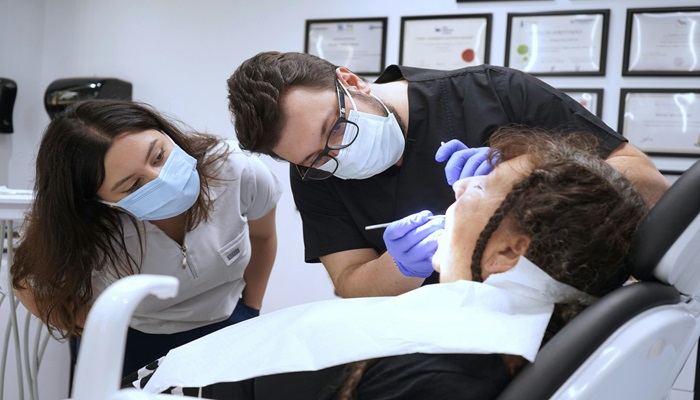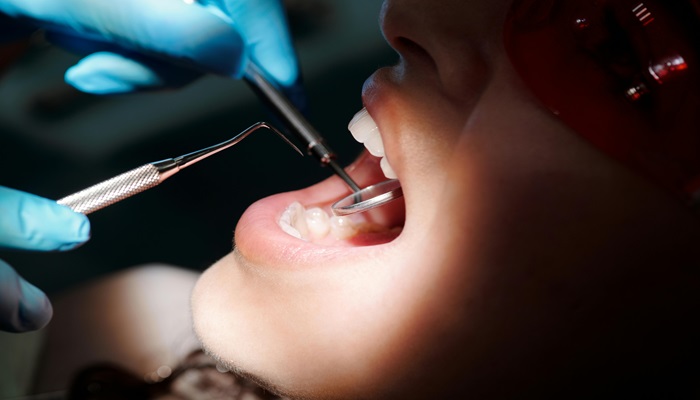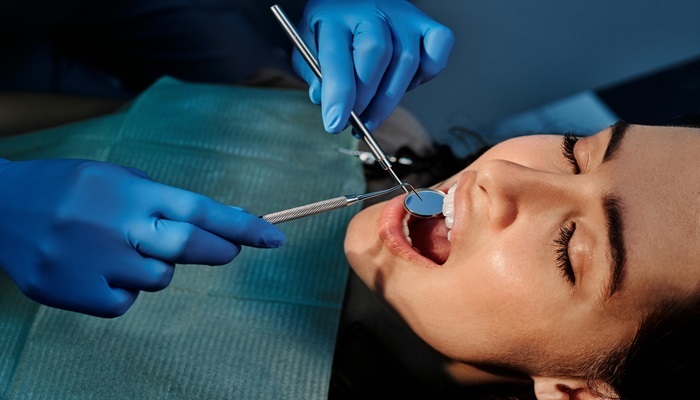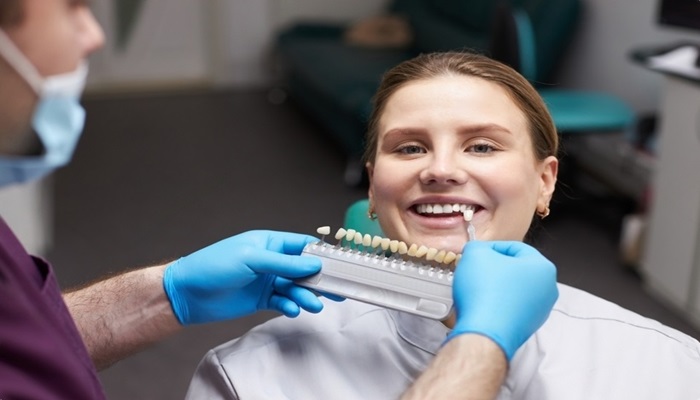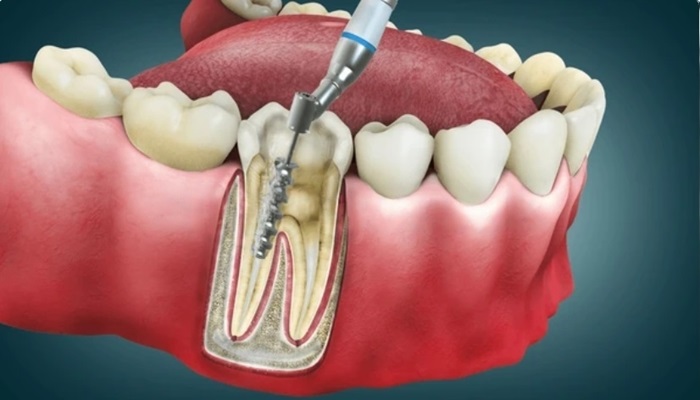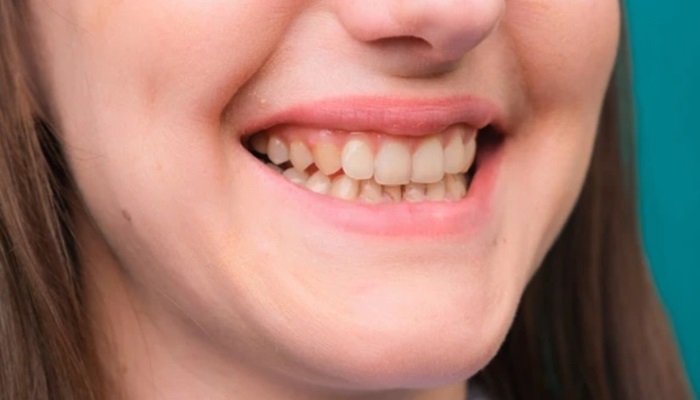When do kids start losing teeth?
It’s a common question among parents as they navigate the milestones of their child’s development. Understanding the timeline and process of tooth loss is important for maintaining oral health and preparing for the transition to permanent teeth. In this comprehensive guide, we’ll explore everything you need to know about when kids start losing their baby teeth and what to expect during this natural process.
Understanding Baby Teeth
Baby teeth, also known as primary teeth, play a crucial role in a child’s oral development. They typically begin to emerge between six months and one year of age, with the full set of 20 primary teeth usually in place by the age of three. These baby teeth serve as placeholders for the permanent teeth that will follow, aiding in speech development, chewing, and guiding the eruption of adult teeth.
Timeline of Tooth Loss
The process of losing baby teeth, also known as exfoliation, typically begins around the age of six or seven years old. However, the exact timing can vary widely from child to child. The lower central incisors are usually the first to go, followed by the upper central incisors. From there, the remaining primary teeth are gradually replaced by permanent teeth over the course of several years, typically completing by the age of 12 or 13.
Factors Affecting Tooth Loss
Several factors can influence the timing of tooth loss in children. Genetics play a significant role, as children often follow a similar pattern of tooth eruption and exfoliation as their parents. Additionally, good dental hygiene practices, such as regular brushing and flossing, can help maintain the health of baby teeth and promote the timely eruption of permanent teeth. Nutrition also plays a role, as a balanced diet rich in essential nutrients supports healthy tooth development.
Signs of Tooth Loss
There are several signs that indicate a child may be on the verge of losing a tooth. These include increased mobility or wiggling of the tooth, discomfort or tenderness in the gums, and the appearance of a small gap between the tooth and the gum line. In some cases, a baby tooth may become loose due to trauma or injury. It’s important for parents to recognize these signs and provide gentle care and reassurance to their child as they navigate the process of tooth loss.
Caring for Emerging Permanent Teeth
As baby teeth are lost and permanent teeth begin to emerge, it’s essential to continue practicing good oral hygiene habits. This includes brushing twice a day with fluoride toothpaste, flossing daily, and visiting the dentist regularly for check-ups and cleanings. Parents can also help their child adjust to the sensation of new teeth by offering soft foods and encouraging them to avoid biting down on hard objects. By prioritizing dental care, parents can support the healthy development of their child’s permanent teeth.
Understanding when do kids start losing their baby teeth is key to promoting lifelong oral health. By recognizing the signs of tooth loss, supporting good dental hygiene practices, and seeking regular dental care, parents can help ensure a smooth transition from baby teeth to permanent teeth. Remember, every child is unique, so it’s essential to be patient and supportive as they navigate this natural and exciting stage of development.
At Grove Dental Clinic in Falls Church, VA, we’re dedicated to helping our patients achieve optimal oral health year-round.
Schedule your expert consultation at Grove Dental Clinic in Falls Church, VA today! Call (703) 578-0000 to book your appointment now!

